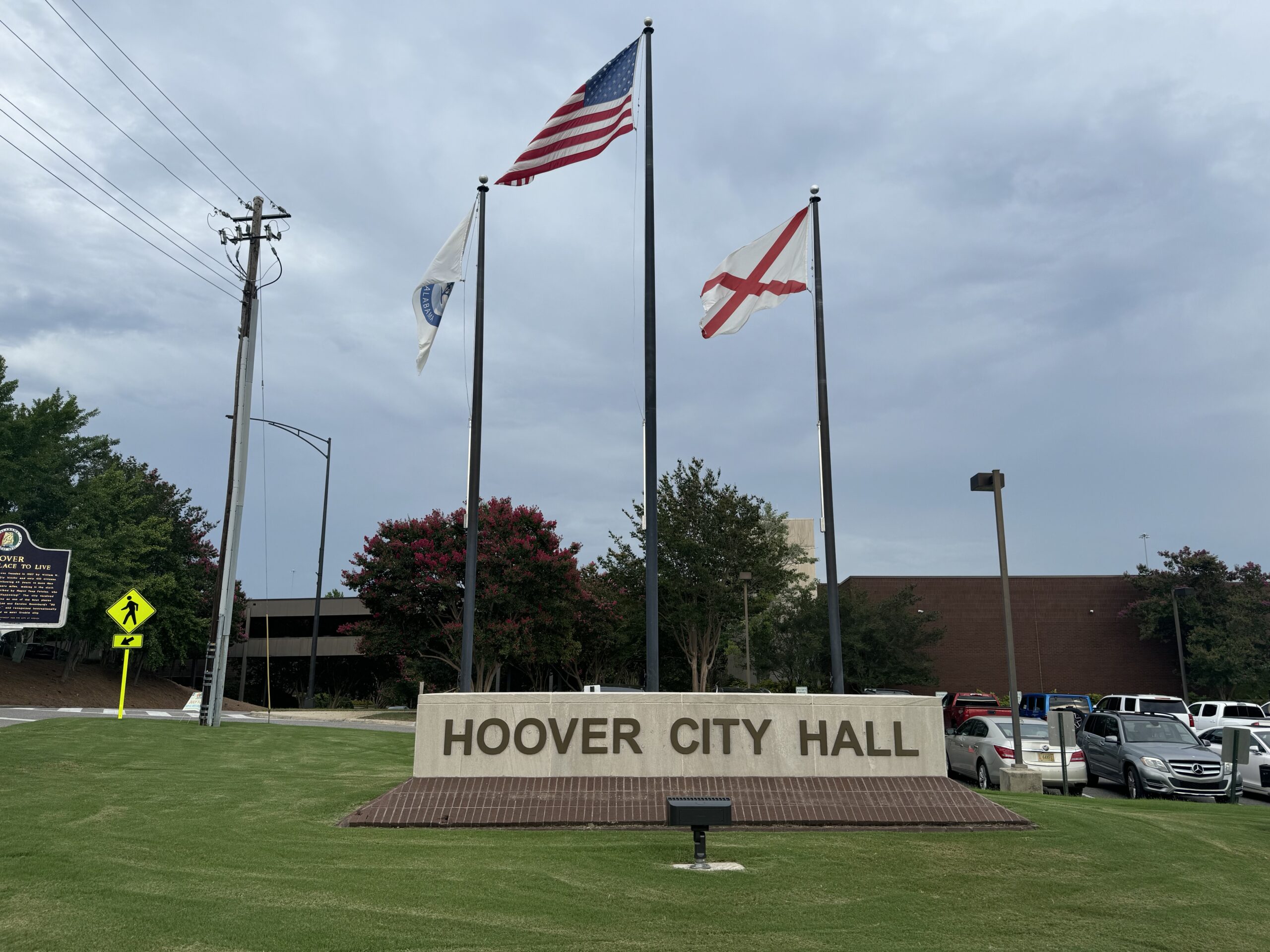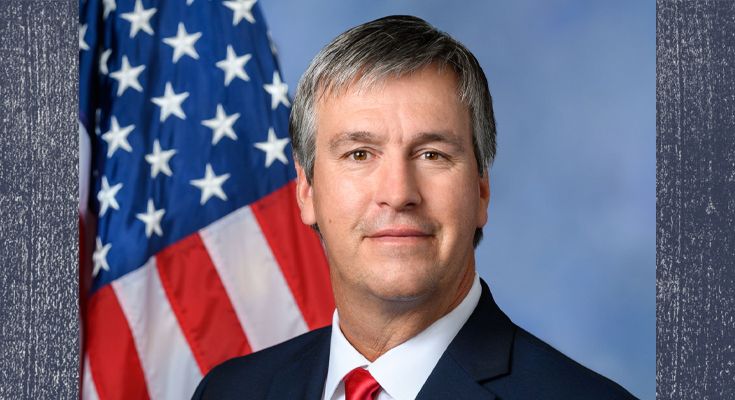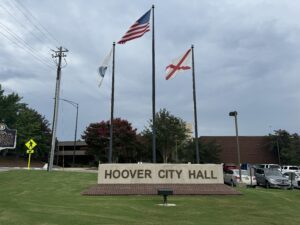This is what happens when state budgets continually shortchange essential services.
The rocky start to Alabama’s COVID-19 vaccination rollout has many causes that officials and observers alike have identified. They include lack of federal coordination, uncertain vaccine supply, complex technical requirements for early vaccines, and the need to keep second doses in reserve.
These factors are beyond the state’s control. But a crucial cause that has garnered less attention falls squarely on state lawmakers: Alabama has failed to create and maintain a disaster-ready public health infrastructure.
In better times than these, a well-staffed health department network might look like a luxury to budget writers. It might seem tempting to reduce payrolls and eliminate “feel-good” services. But it’s a penny-wise and pound-foolish choice.
Two basic truths weigh against such a shortsighted approach. The first is that Alabama consistently ranks at or near the bottom among states on a wide range of health measures, including maternal and infant mortality. The second is that ongoing emergency preparedness and response is a fundamental part of public health’s mission.
COVID-19’s heavy toll on Alabamians of color is teaching us that these two truths are intertwined. Chronic health problems resulting from unequal access to care can make a health crisis even worse. The Alabama Department of Public Health (ADPH) is facing its biggest challenge in memory – after years of budget cuts have steadily reduced its capacity.
In 2019, the district and county health departments administered by the state were operating at only 65% of the professional capacity they had in 2010. Today, 35 county health departments have either one nurse or none at all on staff. Coosa County’s health department closed entirely in 2016. (Health departments in Jefferson and Mobile counties are locally controlled.)
Another disturbing consequence of shortchanging public health is the sparsity of our COVID-19 vaccination data. Alabama needs more infrastructure and personnel to gather and report daily county-level vaccine distribution and demographic impact by race and age. Mississippi is providing those numbers, and our state should, too.
The data needs don’t end there. Alabama and Idaho are the only two states without a statewide database requiring all hospitals to report real-time data on multiple health conditions, services, and outcomes. As a result, we lack the capacity that neighboring states have to analyze access to care, quality of care, patient safety, and other factors that could help us make Alabama healthier. Such a database also would allow Alabama to make longer-term assessments of racial health disparities, medical treatment effectiveness, health care inflation, and use of health services by special populations.
Despite its underfunding, ADPH did a commendable job in vaccination planning. The priority groups it identified reflect a science-based assessment of risk of exposure and risk of death. Phase 1a targets health care workers, who are at highest risk of exposure, and nursing home residents, who statistically are at highest risk of death. The remaining priority groups follow a gradient of those same risks.
We know from grim statistics that COVID-19 risks do not fall evenly across racial, ethnic, and socioeconomic groups. People of color make up a disproportionate share of the front-line workers who keep our communities going, often at low pay. Black and Hispanic Alabamians, on average, also face more barriers to health care than white residents and thus have higher rates of chronic conditions that increase the risk of COVID-19 complications.
By quickly vaccinating people in ADPH’s prescribed order, Alabama can reduce COVID-19’s death toll and ensure more equitable protections and outcomes. But if officials abandon the priority system, our state likely will see more virus deaths and an even harsher burden on marginalized Alabamians.
Fulfilling Alabama’s vaccination target goals will require levels of personnel, data management, communications, and community engagement that ADPH alone simply does not have. For now, it’s up to elected officials, along with private and nonprofit partners, to bridge those gaps as best they can. For the future, it’s up to all of us to demand more responsible upkeep of the common good.
Jim Carnes is policy director of Alabama Arise, a nonprofit, nonpartisan coalition of congregations, organizations, and individuals promoting public policies to improve the lives of Alabamians with low incomes. Email: jim@alarise.org.
Related
Share via:














